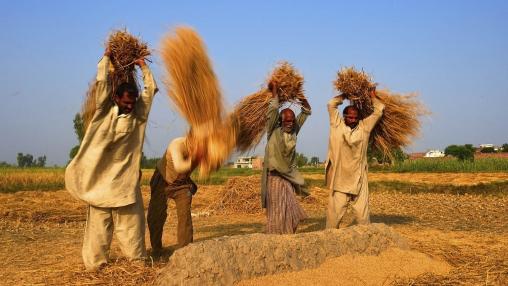
Latest FPMA Report Released
The latest Food Price Monitoring and Analysis (FPMA) Bulletin from FAO cites higher global wheat export prices in July, up 6 percent from June and 28 percent from July 2016. Continued hot, dry weather raised concerns about availability, particularly of high-quality wheat; the European Union and the Black Sea region also saw harvest delays, further pushing up prices.
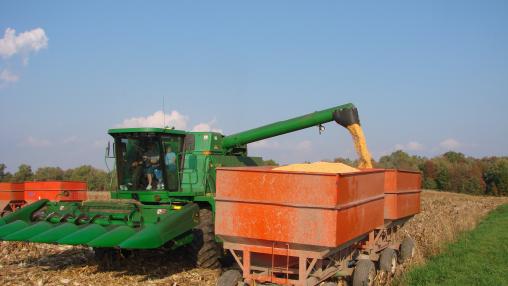
FAO Food Price Index Rises for Third Consecutive Month
The most recent edition of the FAO Food Price Index rose to 179.1 points in July, up 3.9 points from June and 10.2 percent above July 2016 levels. This marks the third month of consecutive increase. Supply constraints and currency movements supported to cereal, sugar, and dairy prices. Meat values remained steady in July, while vegetable oil prices fell.
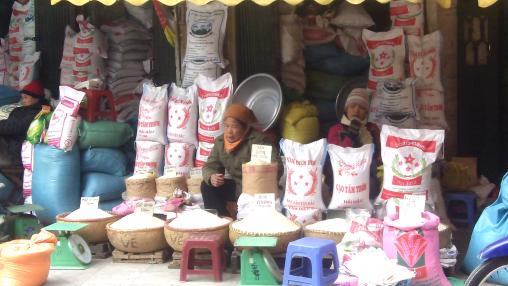
July FPMA Report
The FAO’s monthly report on food price trends was released on July 10, 2017. The bulletin reports on recent food price developments over the past month at the global, regional, and country levels, with a focus on developing countries, and provides early warnings for high country-level food prices that may negatively affect food security.
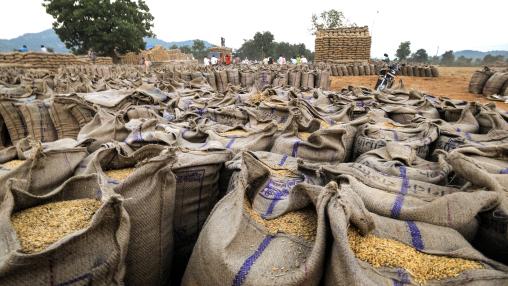
WASDE Reports Released for June
According to the June WADSE Report, global wheat supplies for 2017-2018 are up 2.8 million tons. These projections are greatly influenced by a higher production forecast for Russia, which is projected to be 69.0 million tons. Wheat production in India is forecast to be lower by 1 million tons, but remains 9 million tons higher than 2016-2017 production. Similarly, EU wheat production forecasts declined slightly this month but remains 4 percent higher than the previous year’s levels.
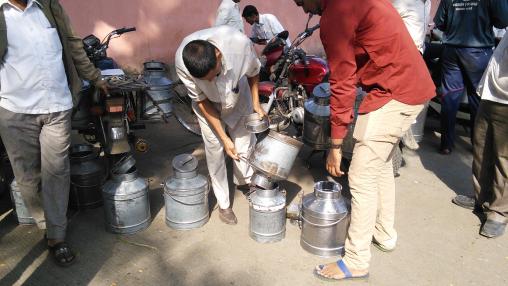
Rising Cereal and Dairy Prices Reported in Latest FAO Food Price Index
The latest FAO Food Price Index and AMIS Market Monitor were released earlier this month. The FAO Food Price Index is a measure of the monthly change in international prices of a basket of five food commodity groups; the monthly AMIS Market Monitor covers the international markets for wheat, rice, maize, and soy and provides an overview of the market situation and outlook for each of these crops.
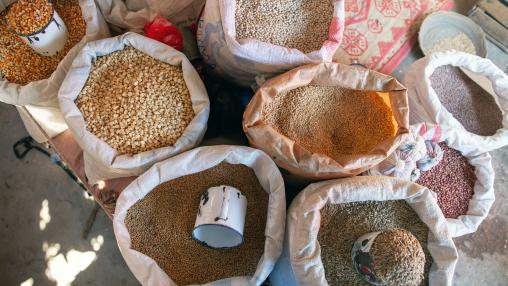
AMIS Can Help Global Policymakers Prepare for High Food Prices
The Global Food Market Information Group of the Agricultural Market Information System (AMIS) met in Rome on June 22-23 to discuss the current commodity market outlook for grains and oilseeds. This marked the eleventh meeting since the group was launched in 2011 at the G20 Agricultural Ministerial following the food price spikes in 2007-2008 and 2010. Composed of the principal grain-producing and -consuming countries, AMIS assesses global food supplies (focusing on wheat, maize, rice, and soybeans) and provides a platform to coordinate policy action in times of market uncertainty.

81 Million People in Need of Food Assistance Worldwide
Global Food Security Alert, June 21, 2017
According to the latest Global Food Security Alert released by FEWS Net, nearly $2.2 billion has been spent on emergency food assistance globally since January; despite this spending, however, 81 million people remain in need of help. Famine in Somalia, Yemen, Nigeria, and South Sudan could lead to large-scale loss of life, and additional contributions to emergency appeals are urgently needed in these areas.
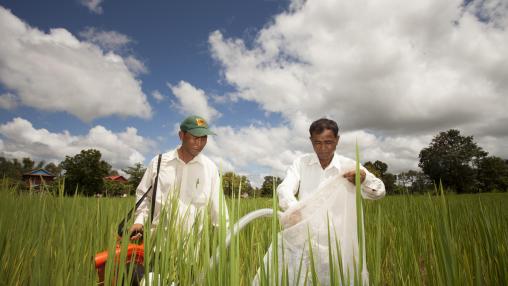
Impacts of Agricultural Research on Poverty, Malnutrition, and Resilience
A recent literature review , prepared for USAID, clearly reveals that investments in agricultural research have made large contributions to poverty reduction, nutrition improvement, and resilience through the systemic transformation of local agriculture and food systems. The authors reviewed dozens of peer-reviewed journal articles and books published after 2000, with an emphasis on those published since 2010.
Here are a few of the central findings:
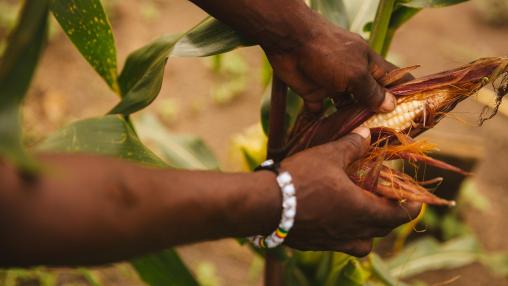
Latest FPMA Report Released
The FAO’s monthly report on food price trends was released this week. The bulletin reports on recent food price developments over the past month at the global, regional, and country levels, with a focus on developing countries, and provides early warnings for high country-level food prices that may negatively affect food security.
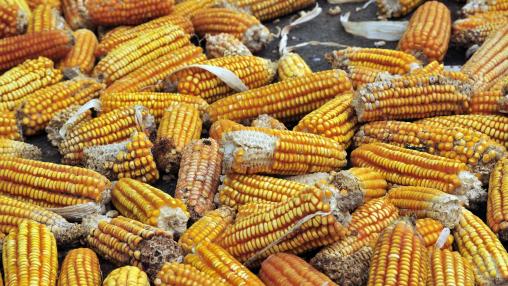
June Editions of the FAO Food Price Index and AMIS Market Monitor Released
The latest editions of the FAO Food Price Index and the AMIS Market Monitor were recently released. The FAO Food Price Index is a measure of the monthly change in international prices of a basket of five food commodity groups; the monthly AMIS Market Monitor covers the international markets for wheat, rice, maize, and soybeans, providing an overview of the market situation and outlook for each of these crops.
The Food Price Index rose 2.2 percent in May and is up 10 percent from its May 2016 level. May’s increase followed three months of consecutive declines.